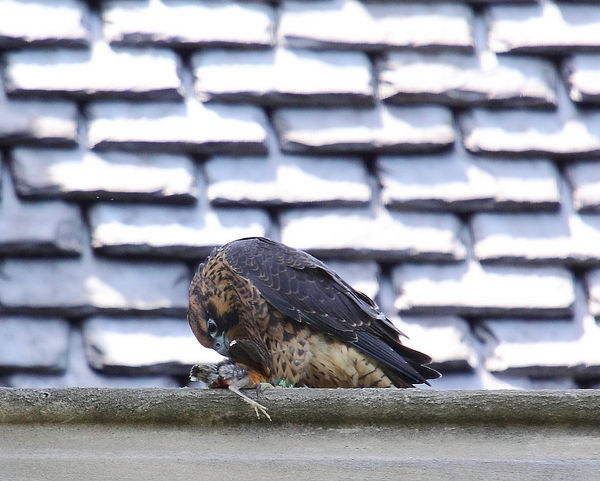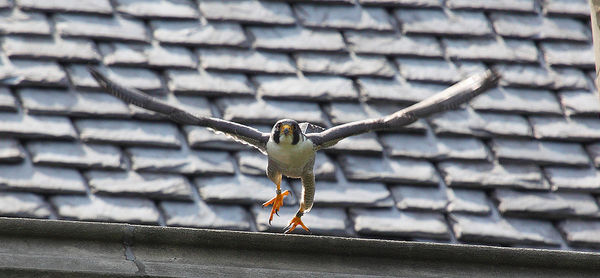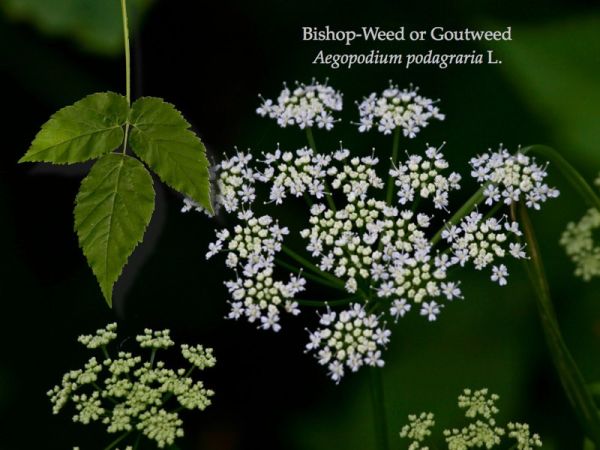
This flower stumped me for years.
It’s everywhere along the trails in Schenley and Frick Parks but I could not key it out in my Newcomb’s Guide — and for good reason. It’s not in the book!
Last weekend I learned that this is goutweed, ground-elder or bishop-weed (Aegopodium podagraria), a Eurasian plant in the carrot family that’s gone wild. It is so successful that it’s now ranked as invasive in six states. Pennsylvania is one of them.
I’m embarassed to say it’s in my front garden but I didn’t plant it there. It spread from my neighbor’s garden next door.
When it arrived I thought it was pretty. Little did I know that nurseries advise – or ought to advise – that this plant should be kept isolated.
In Schenley Park its leaves are solid green as in this photograph but in my garden the leaves are variegated. That pretty trait is lost when it goes wild.
And wild it is! The plant forms dense, deeply-rooted patches whose removal is back-breaking work.
Since I don’t have the time to do that right now I am hoping a miracle will keep it at bay for another month until I begin the task.
I wonder if that would be waiting too long….?
(Thanks to Chuck Tague for this photo and for identifying it for me)
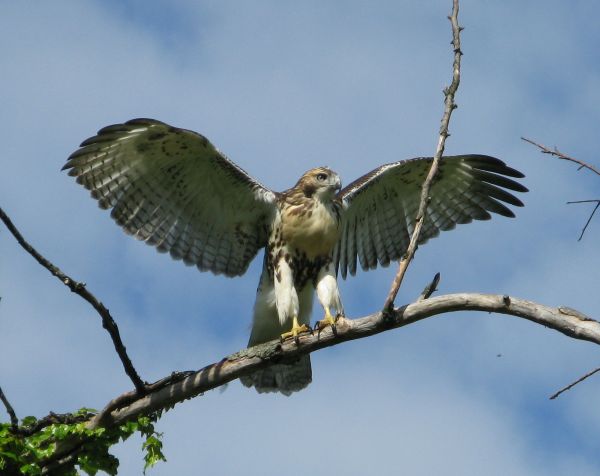
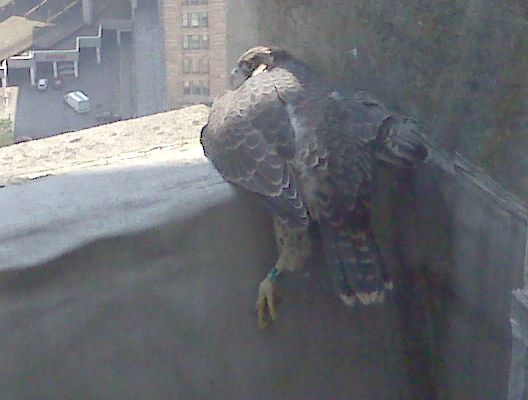
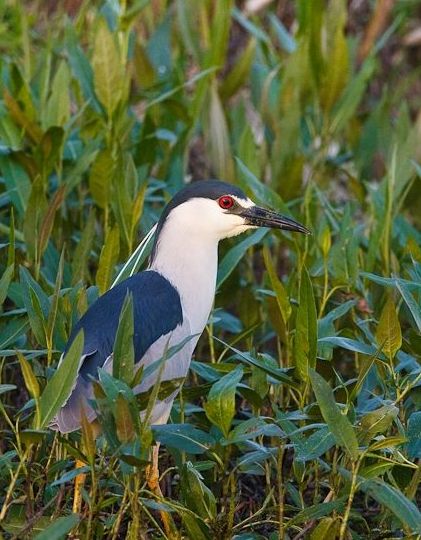
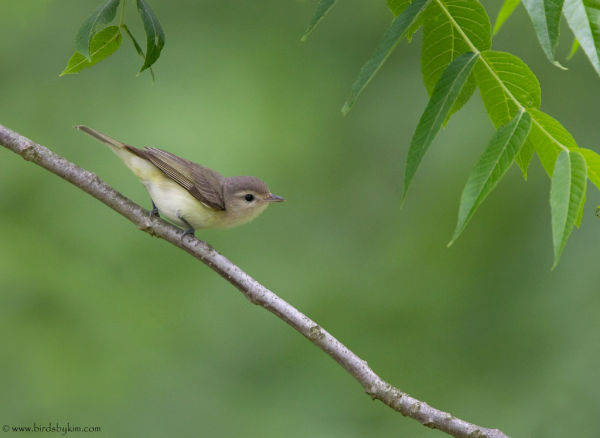


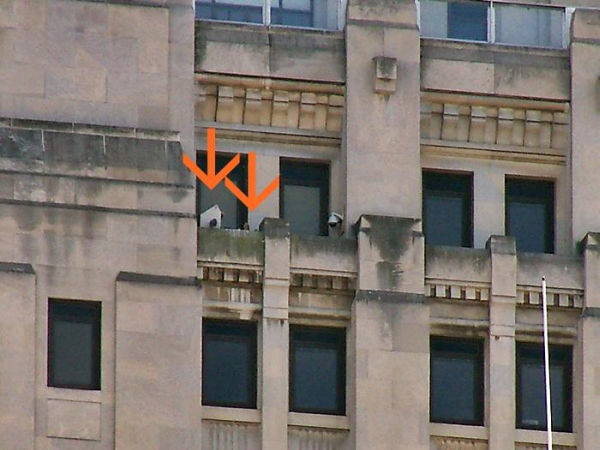
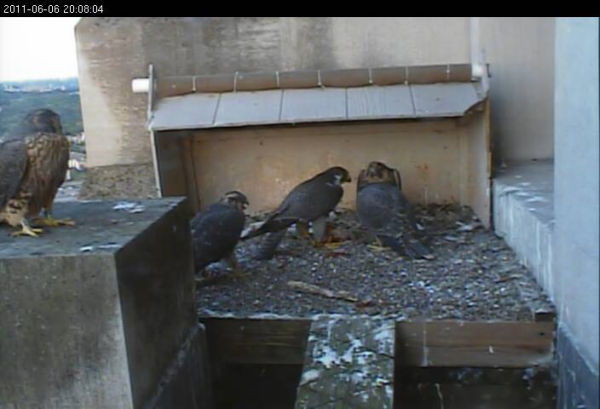
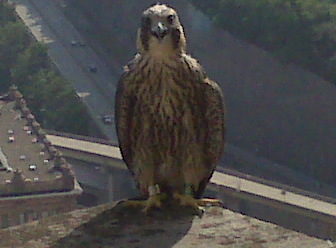 The Gulf Tower chicks are learning to fly, too.
The Gulf Tower chicks are learning to fly, too. 